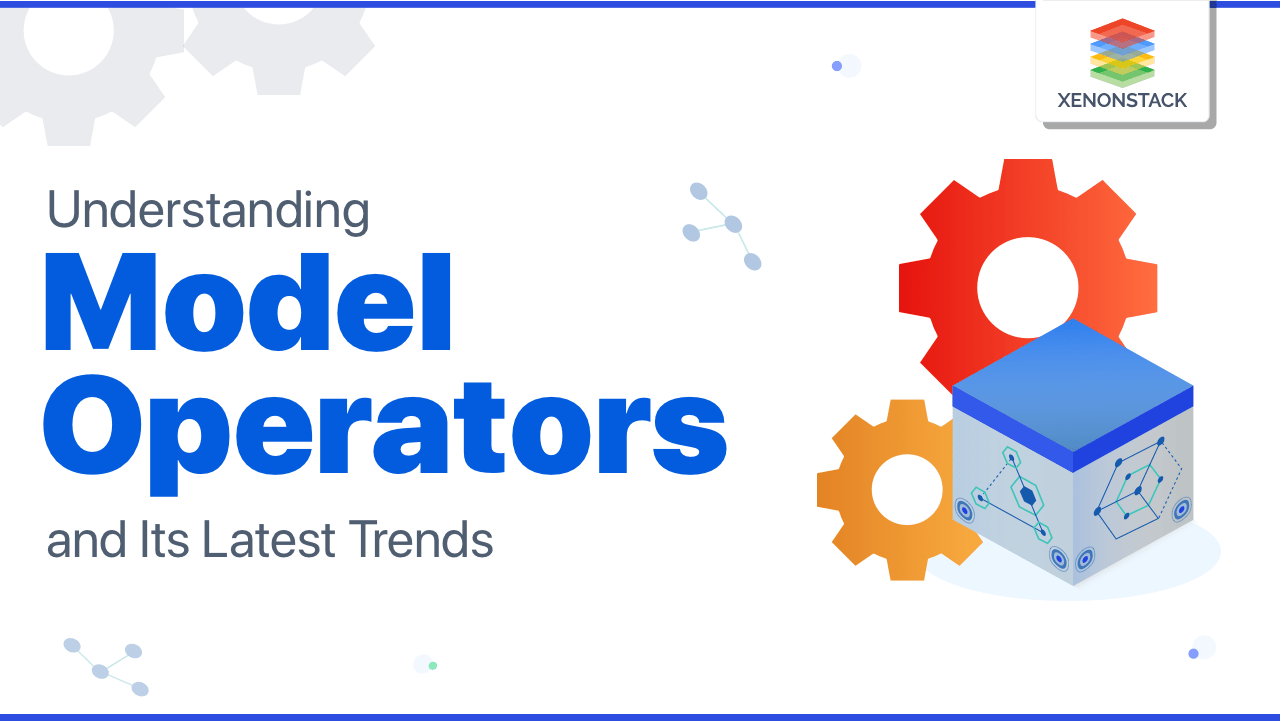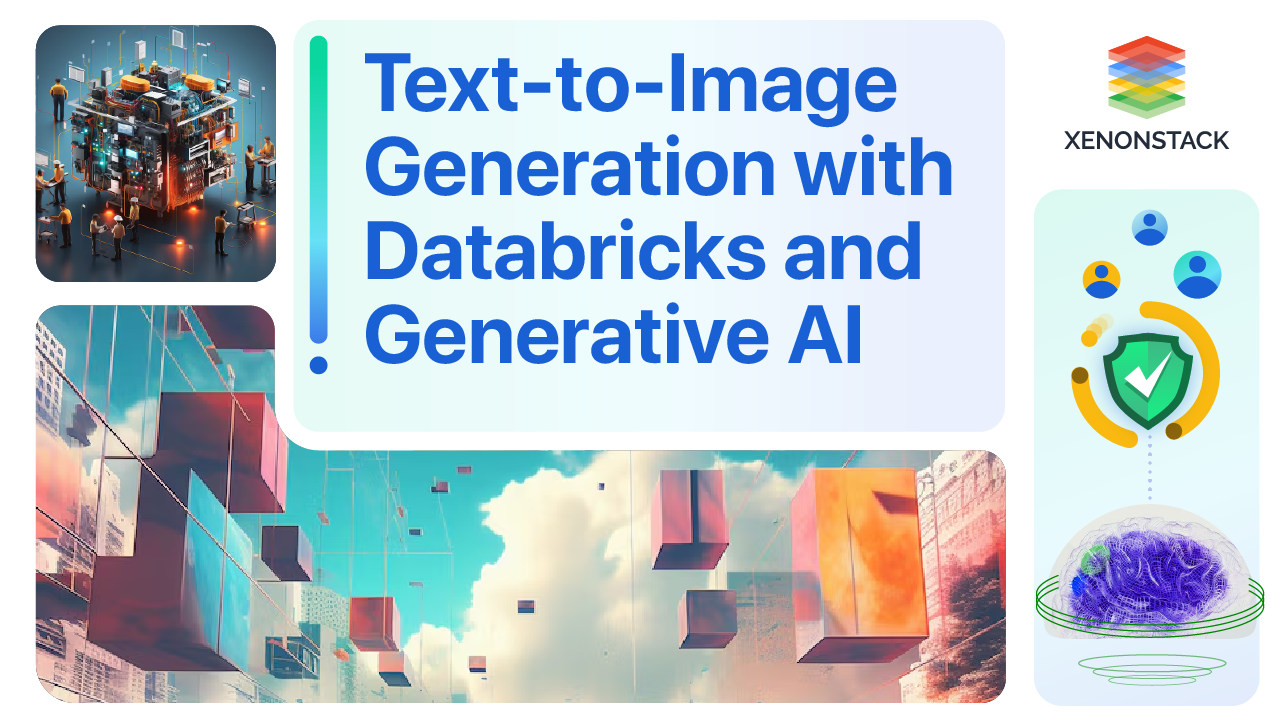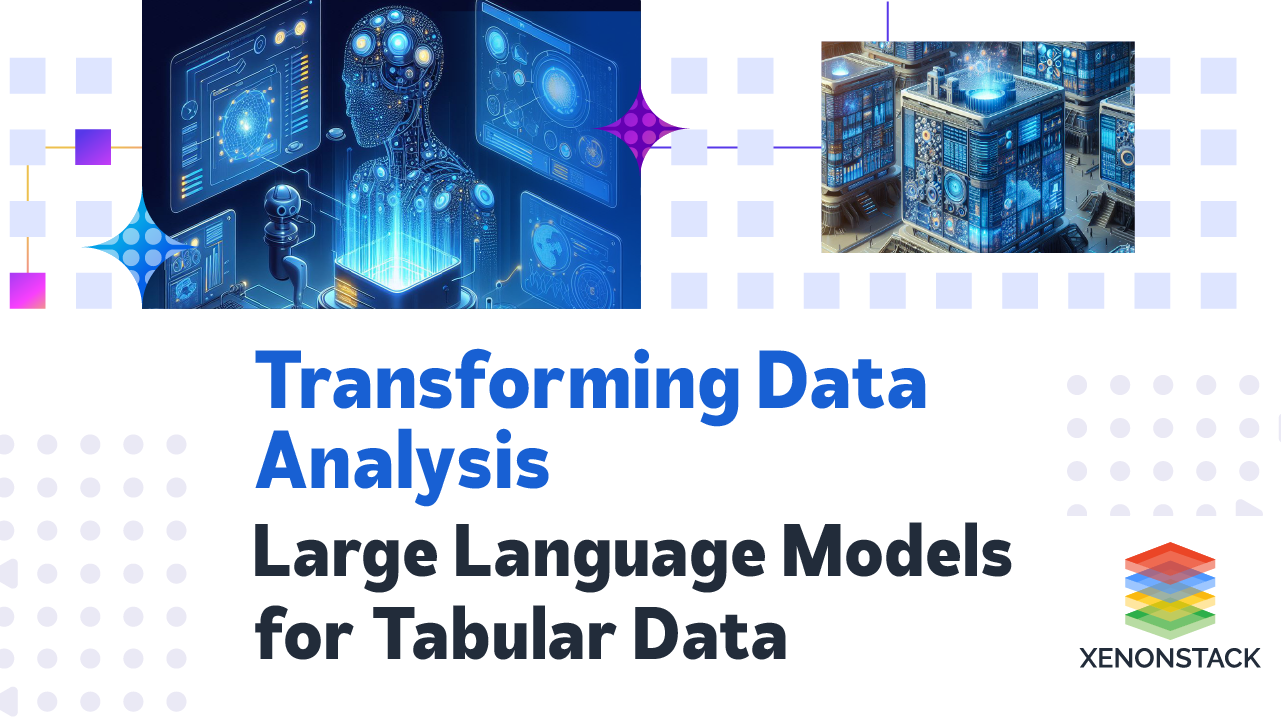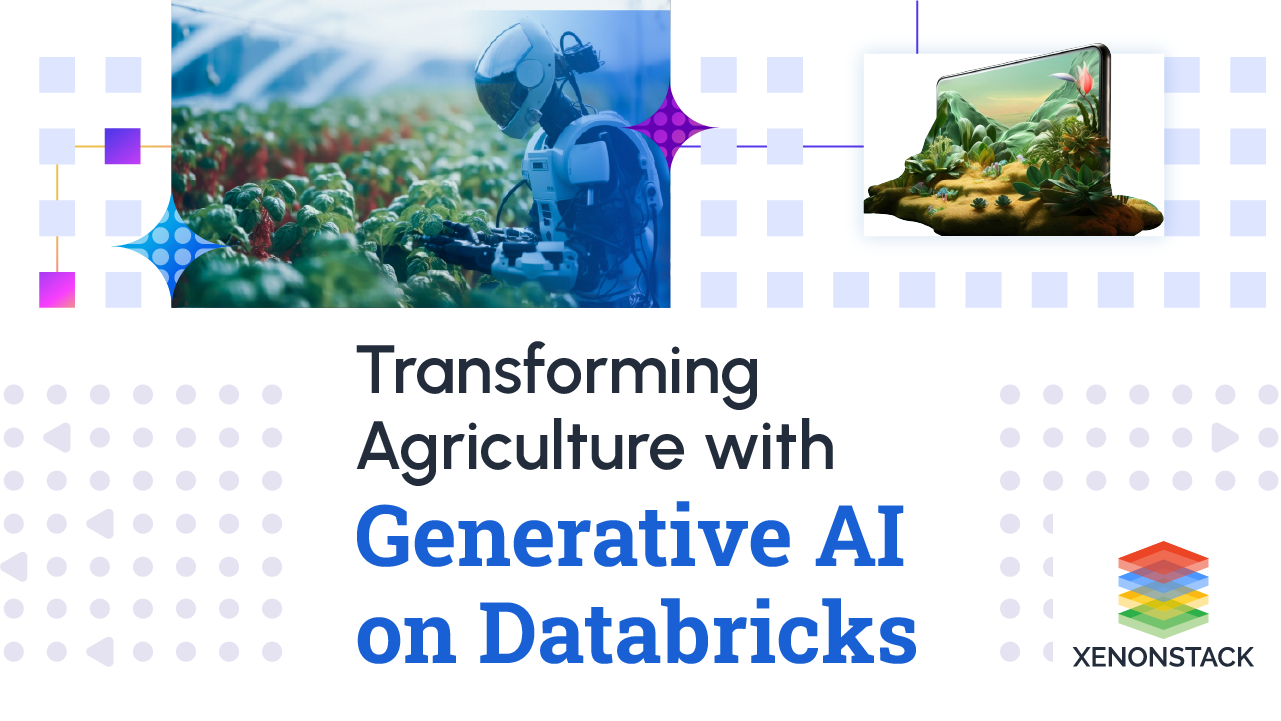
Introduction to Model Operators
Enterprises are building better methods for monitoring, managing, and supervising AI systems in production as AI in business becomes more ubiquitous and AI budgets continue to climb around the world.
As more businesses successfully deploy and grow their AI models, operators are becoming a vital business function. According to our survey of 100 AI-focused executives from prominent financial services firms, each company has an average of 270 models in production. One-fifth of respondents say all of their company's business units use AI regularly, while another 60% say at least some of them do. This isn't entirely surprising, given how far the companies we studied have progressed with AI. However, as the number of models utilized in these businesses grows, AI-focused CEOs face new problems.
ModelOps framework enables uniformity and scalability across these different settings, allowing development, training, and deployment procedures to operate consistently and platform-independently. Click to explore our, Scale and GovernAI initiatives with ModelOps
How are Enterprises creating Model Operators' roles?
- The emergence of this new class of AI experts reflects a growing understanding that managing AI models differ from managing traditional software or statistical models.
- Although most data scientists aren't trained (or interested) in running 24x7 production operations, 62 percent of respondents believe their data scientists should be involved in ModelOps.
- This suggests that many businesses have a long way to go in maturation. He claims, in particular, that allowing data scientists to maintain their models leads to a conflict of interest.
- Data scientists are pricey and have specialized knowledge in model construction. So, it makes sense to ensure they can spend as much of their time as possible actively driving business value and innovating with new ideas. Having data scientists monitor and manage their models, on the other hand, is inefficient.
- Hofmann agrees that data scientists should not be in charge of controlling and maintaining their models. "That was often the case in the past, and it was ineffective."
- 40% of businesses still don't have specialized model operators to handle day-to-day ModelOps responsibilities. However, if current trends continue, this figure should fall.
ModelOps is focused primarily on the governance and life cycle management of a wide range of operationalized artificial intelligence. Click to explore our, What is ModelOps and its Operationalization?
How is AI Adoption rising for Model Operators?
- Enterprises, of course, have had operations teams in place for years to manage software and older (non-AI) models in production. However, because AI models are always changing, new techniques must operationalize them properly.
- According to our findings, as more AI models are deployed, businesses encounter various operational ModelOps difficulties. Unsurprisingly, the risk is a major concern in the financial services industry: 80% of respondents indicate that managing risk and maintaining regulatory compliance is a barrier to implementing AI in their businesses.
- 'Integration with existing systems,' 'gaps in staff and skills,' 'process inefficiencies,' 'lack of standardisation,' and 'cost' are all further roadblocks. These five challenges to ModelOps in their businesses are cited by 72 percent, 70 percent, 64 percent, 65 percent, and 62 percent of respondents, respectively.
- McCormick points out that this is partly due to a historical concentration on constructing models rather than implementing and operating them.
- "Few organizations are simultaneously putting sufficient resources into the infrastructure they'll need to have beneath that in a production environment."
Multi-Cloud ModelOps is the latest approach to the operationalization of models in applications and the synchronization between applications and model pipelines. Click to explore our, Multi-Cloud ModelOps Benefits, and Features
Why is Model Operators' Investment Increasing?
- In 2021, the use of artificial intelligence in business will only grow. According to our analysis, 71% of financial services firms boosted their AI budgets in 2021, with 13% reporting increases of more than $1 million USD.
- Simultaneously, businesses are investing in ModelOps. More than half of our respondents said their companies have already set aside money for ModelOps. A step further, 37% expect theirs to have one within 12 months.
- Our findings, however, demonstrate that the maturity of the ModelOps procedures that businesses have in place varies substantially from one firm to the next.
- Even simple activities, like inventorying the models currently deployed throughout their firms, are proving difficult for CEOs.
- Only 25% of survey respondents said their methods in place for this are "very effective." Meanwhile, 43% would describe theirs as 'ineffective.'
Emerging Trends in Model operator optimization
Our findings demonstrate that the maturity of the ModelOps procedures that businesses have in place varies substantially from one firm to the next.
Even simple activities, like inventorying the models currently deployed throughout their firms, are proving difficult for CEOs. Only 25% of survey respondents said their methods in place for this are "very effective." Meanw
"Building models that sit on a shelf and never get deployed into production has been a typical problem for analytics teams for a long time," says Glenn Hofmann, Chief Analytics Officer at New York Life Insurance Company.
Conclusion
The strategic power of AI has been established across various industries and companies. As a result, there has been a spike in model creation. However, investments in the people, procedures, and technologies needed to operationalize models – known as ModelOps – have lagged. That is beginning to change. More than half of the companies we studied currently have a ModelOps budget, which is expected to climb to 90% in the next year. The main drivers for this increasing investment are risk management, cost reduction through automation, and enhanced visibility through improved monitoring.
- Read more about Transparent AI Challenges and Its Solutions
- Click to Understand The Ethics of Artificial Intelligence


